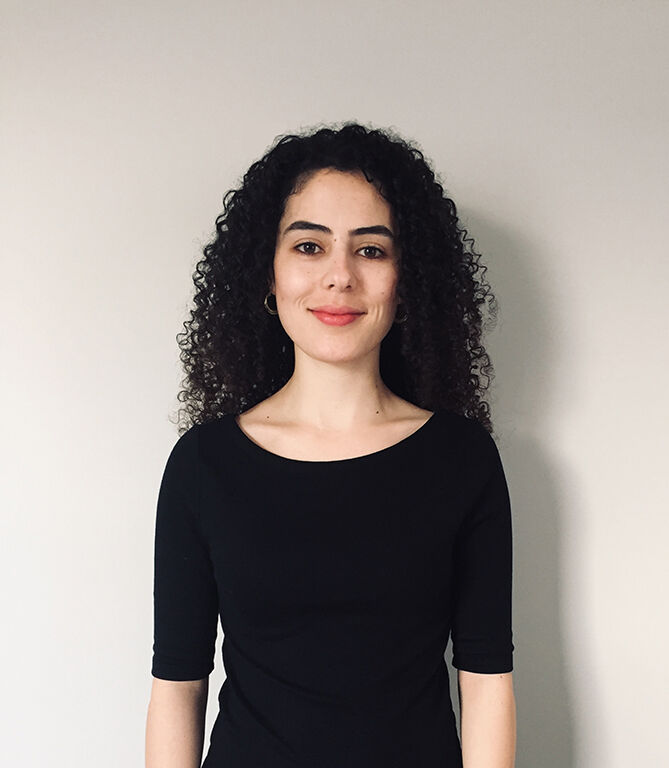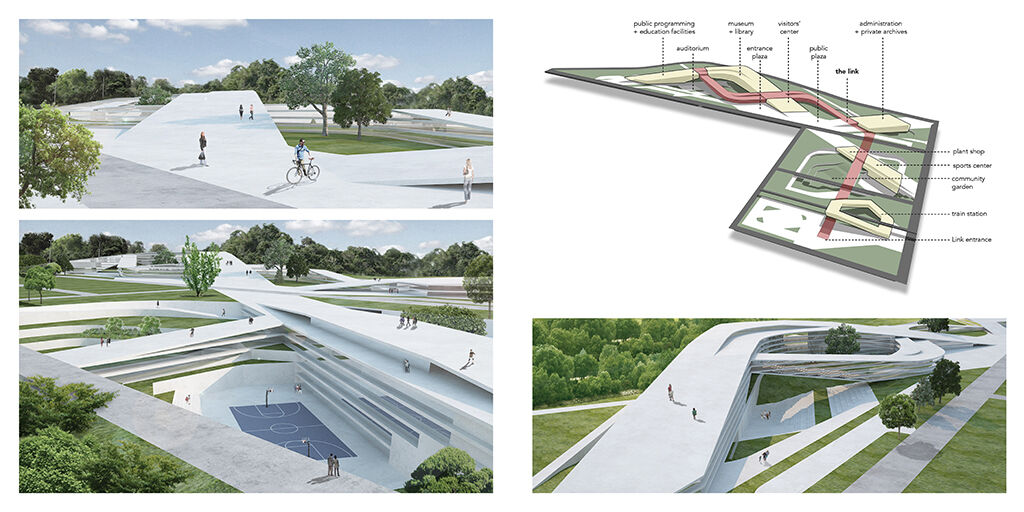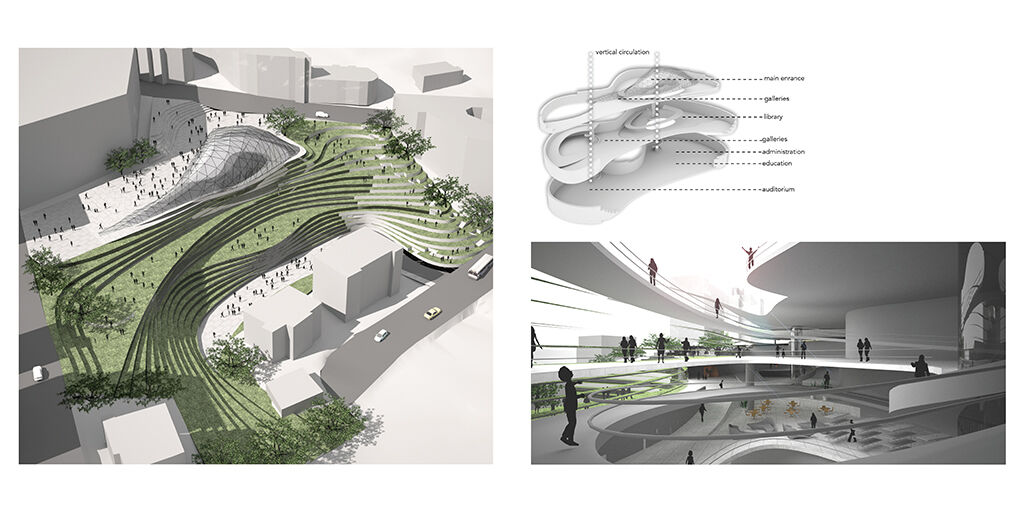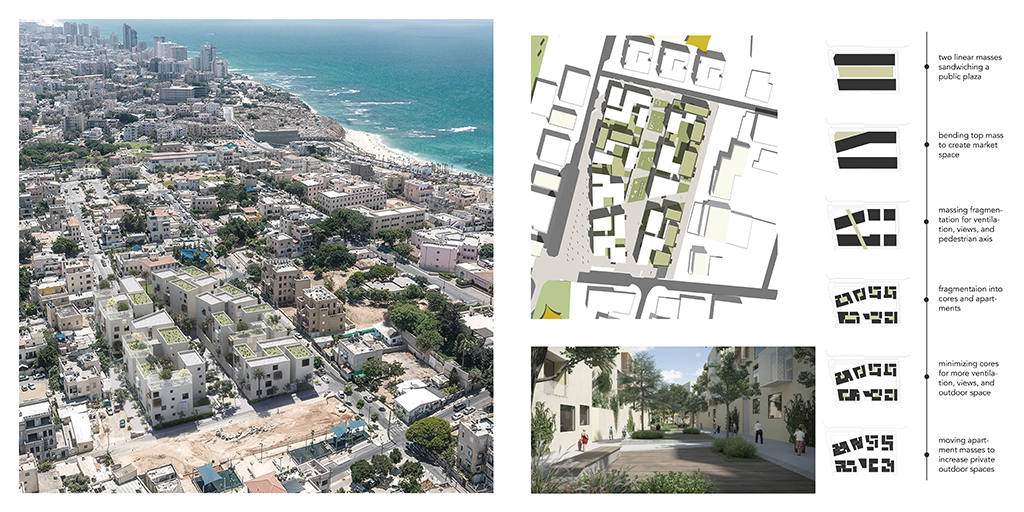
Current Student: Rula Zuhour (MArch 2020)
What factors influenced your interest to study at SAIC?

The progressive interdisciplinary approach at SAIC was a key factor in my interest in SAIC. I believed it was vital to enhance an integrative perspective in the practice of architecture and the way it extends to communities, economies, and politics. I was especially interested in the wide variety of courses it provides, ranging from theory to technology, which I believed could help me forge my professional identity and challenge the limits of the impact of my work. Location also played a huge role in my decision to study at SAIC; its physical and operative integration with the city, as well as its presence in the art and design communities epitomizes the environment I want to place myself in during my graduate studies.
Where did you previously study and what topics did you investigate?
I hold a Bachelor of Science in Architecture from Birzeit University in Ramallah, Palestine. The five-year program was a comprehensive one that covered topics in architectural design, theory, and history, as well as structure and urban planning. I have worked for five years at local firms of different scales and practices on projects in Ramallah, Jerusalem, Jaffa, and Rawabi. Whether the projects were residential, commercial, or civic, my experiences have helped me develop a deeper understanding of the forces that affect the built environment in those cities, where political, economic, and cultural realities play a huge role. The role of public space in politically and economically challenged communities in filling gaps of community needs and as a reflection of culture and identity became a growing interest of mine. I decided that I needed to further my education and expertise in order to exceed architecture’s utilitarian practice and become an effective member in the architecture field within my community.

What courses within AIADO have helped shape your current work?
Luckily, my studio project with Ann Lui happens to be a public pool at DuSable Park, which presented a perfect opportunity for me to focus on public space in an urban setting as both DuSable Park and public pools present unique challenges with their complex history and present controversies. Through research and design, we are challenging past and existing paradigms of public space, race, class, gender, hygiene, and ecology. I am currently investigating public pools as a center for community activities as well as a legibility tool. I am exploring ways to make public space more accessible through creating unconventional experiences in mobility within a network of urban activities rather than a sole project. This, I believe, could enhance not only legibility, but also a sense of community and belonging. I’m learning how to make my designs more socially, historically, and culturally conscious, while creating spaces that perform both on the human scale and within the urban fabric.

How has Chicago as a city influenced your research and practice?
My elective Theory class with Benjamin Nicholson has been extremely eye-opening for me. We have been exploring key Chicago institutions and events in the art and design community. Whether it’s a lecture, event, or exhibition happening in Chicago, we are there to observe, listen, and question. The Visiting Artists Program lecture series at SAIC was core to this class, as we attended almost every lecture while preparing questions and writing critical reviews. This experience has unveiled to me the potential of an exchange between art and architecture, as well as challenged my view of meaningful practice. The architecture tours, exhibitions, and round table discussions with prominent art and architecture critics and practitioners verified the uniqueness of the experience of studying in Chicago, where the city performs as an apparatus for firsthand discovery and exposure to professionalism in an academic context. Chicago’s architecture culture serves as a platform for socio-economic and political discourse, which fits perfectly with my interests and topics I plan to explore in my graduate studies. I believe all these resources will come in handy for my graduate thesis next year.

Read more interviews with current AIADO students here.
